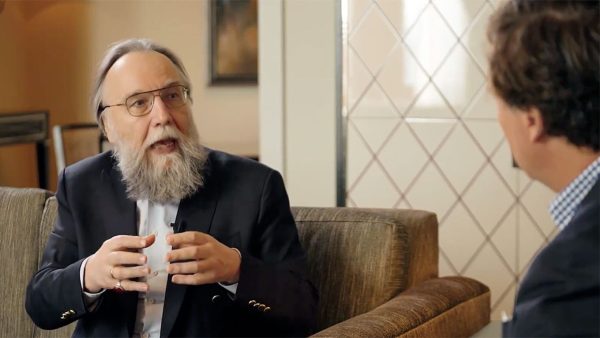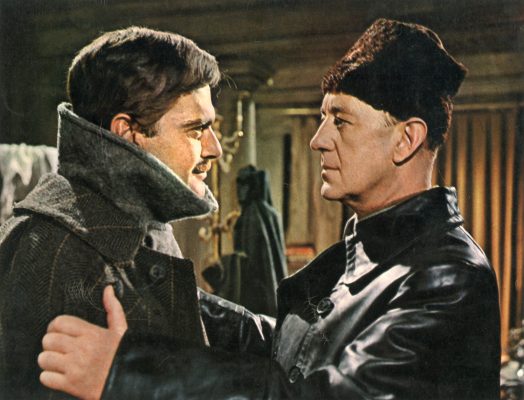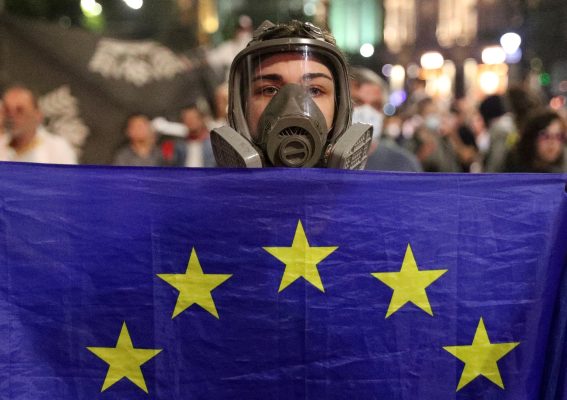For a continent accused of an unwillingness to end its extended holiday from history, the pledges of very large military aid packages for Ukraine have been a corrective.
Europe got off to a slow start last year, but the recent numbers are eye-popping. On May 29, Denmark — a country with a population 1/56th of the US — promised an additional $2.59bn in military support this year and next; Norway has pledged around $7bn to 2028, its “largest ever” military and foreign aid program; Germany gifted almost $3bn in military aid in May, almost doubling its commitment; and the UK, probably Europe’s most hawkish power along with Poland, has said it will match last year’s military aid of $2.85bn in 2023 while sending new capabilities like the Storm Shadow cruise missile.
The Baltic states of Latvia, Lithuania, and Estonia, which have led the Western aid effort in GDP terms, are also sending more equipment. Finland is shipping anti-aircraft weapons and ammunition worth $117m, bringing that country’s total aid to $1.2bn. More is in the pipeline: Ukrainian pilots are already training on European-owned F-16 combat aircraft.
France has promised more armored vehicles — though it is a laggard in military aid — and President Macron has changed his language to demand victory for Ukraine. Italy’s Prime Minister Giorgia Meloni has told her country’s voters that she will continue to send military assistance even if it they don’t like it (Italians remain skeptical about the aid.)
The new cash commitments illustrate how Russian hopes of a war-weary Europe withdrawing support for Ukraine’s democratic government have been disappointed. Instead, the opposite is happening.
“Everyone is watching for signs of tiredness in our democracies in NATO countries and partners in delivering support but so far we have not seen this,” NATO Secretary General Jens Stoltenberg said on May 30. “We see continued, strong support, cross-political, across both Europe and the United States.”
Edward Lucas, Senior Fellow and Senior Adviser at the Center for European Policy Analysis (CEPA) said the new pledges were significant. “After 15 months of the war, Ukrainians may look wryly as Western leaders jump onto the blue-and-yellow bandwagon, loudly toasting their shared commitment to freedom. It would all have been a lot better earlier. But better late than never.”
Military supplies have, “a practical and a psychological effect. The weapons help Ukraine withstand Russian attacks, and to liberate swathes of occupied territory. But perhaps even more important is their effect on the war of nerves. Putin bet that war-weariness would corrode the Western response, and thus Ukraine’s will to fight. Big mistake,” he said.
There are other considerations at work too. President Macron has raised the question of continuing US commitment and the issue of what happens if it stops.
“Let’s be grateful and say thank you to the United States,” he told a meeting including the UK and other non-European Union (EU) members in Bratislava on May 31. “But is this administration here forever? That’s why a European defense pillar in NATO is indispensable.”
In fact, US aid has built the foundations (and much more) of the Western effort. It has spent around $71bn to date on military, financial, and humanitarian aid and Congress has pledged a total of almost $100bn.
But there is a vocal minority among Congressional Republicans who question the spending and the Ukraine aid policies of Republican presidential frontrunners Donald Trump and Ron DeSantis are much more skeptical than the current administration’s. Despite European fears, however, former US NATO ambassador and CEPA Distinguished Fellow Kurt Volker argues the Republican party’s instincts are fundamentally pro-Ukraine and that when push comes to shove, the Congressional GOP will ensure supplies continue.
Europe’s re-thinking has been especially clear in France, where Macron last year seemed more worried about Russian defeat than Ukrainian victory. “We must not humiliate Russia,” Macron said in June, having stated just before the full-scale war that, “there is no security for Europeans if there is no security for Russia.” Now he tells Central and East Europeans that France should have listened to them more carefully.
At least part of the explanation may be the old saying that victory has many parents while defeat is an orphan. Ukraine was predicted to lose within days in February 2022, but it has since recaptured half the land taken by Russia and is now poised for a new offensive. Russian offensive action appears blunted; its equipment losses are huge and it is dusting off mid-20th century military kit for use on the frontlines.
There is one final explanation, which may appeal to the more skeptically minded. On June 21-22, scores of countries will gather in London for the Ukraine Recovery Conference.
It is far from clear what it will cost to rebuild Ukraine after Russian aggression ends. The World Bank estimated this at $349bn in September, with costs rising at around $4.5bn weekly according to the Kyiv School of Economics. It’s not unreasonable to think the ultimate total may reach $1 trillion, or even more.
Just as with Iraq’s invasion of Kuwait in 1991, there will be opportunities aplenty. It was reported at the time that reconstruction “could cost as much as $100bn, and Kuwait has promised the contracts to countries that are supporting the war effort.”
Something similar, but bigger, will happen in Ukraine, which its chamber of commerce calls the world’s largest construction site.
Sending swords to Ukraine in its hour of need will very likely generate plowshare contracts when peace finally arrives.
Francis Harris is Managing Editor at the Center for European Policy Analysis (CEPA). He was previously a foreign correspondent in Prague, London, New York, and Washington.
Europe’s Edge is CEPA’s online journal covering critical topics on the foreign policy docket across Europe and North America. All opinions are those of the author and do not necessarily represent the position or views of the institutions they represent or the Center for European Policy Analysis.





